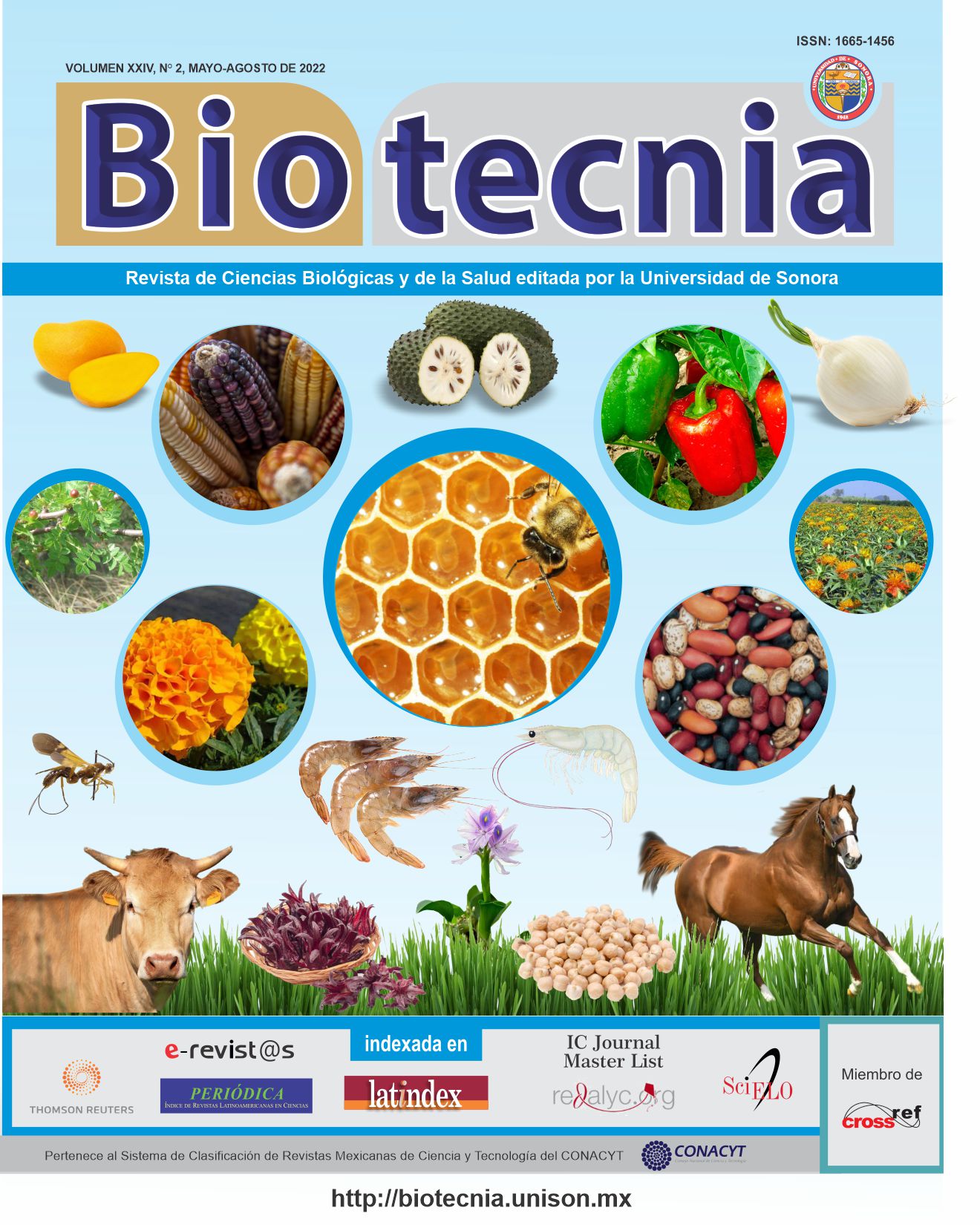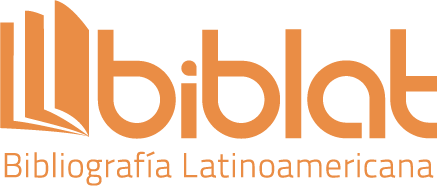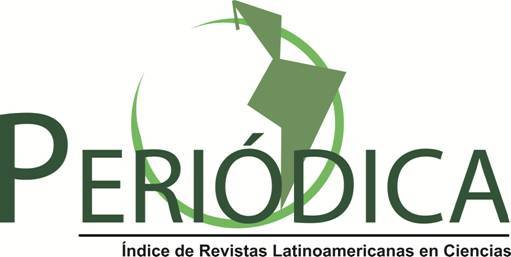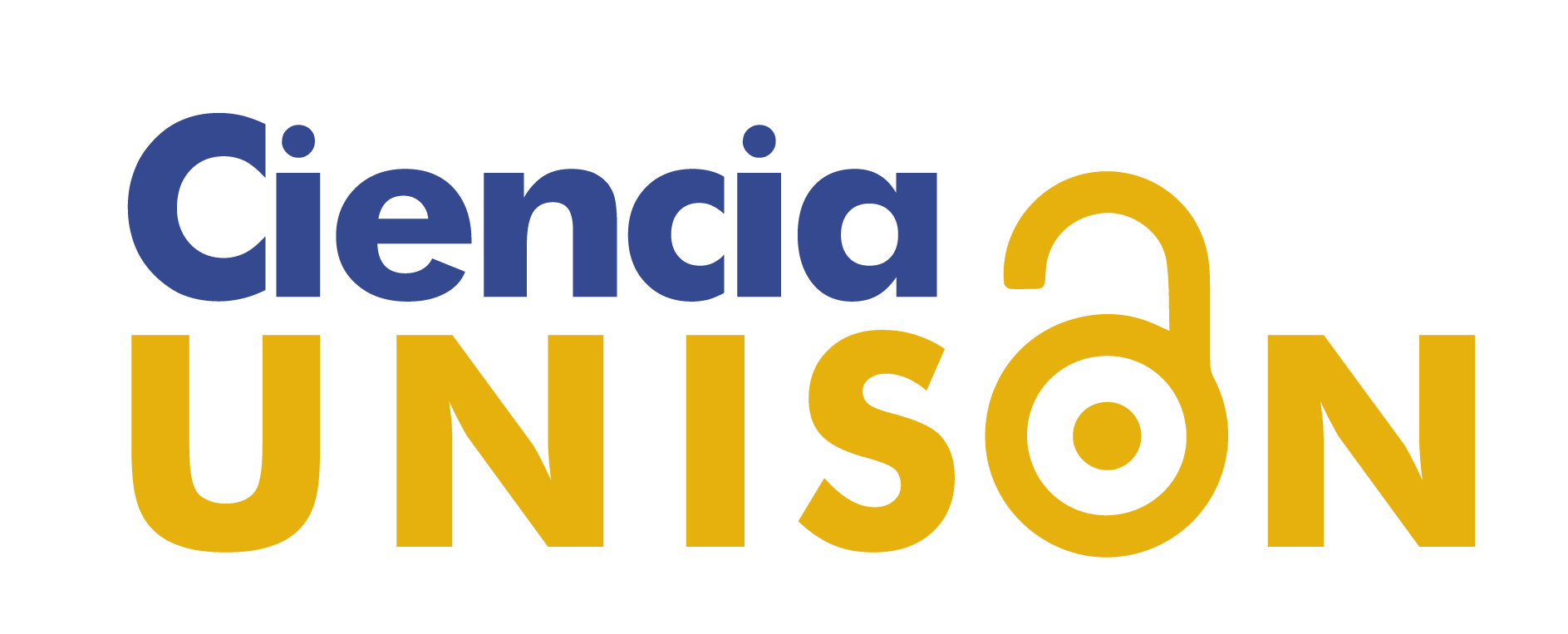Influencia del color en compuestos fenólicos y propiedades bioactivas de la miel de Guerrero, México
DOI:
https://doi.org/10.18633/biotecnia.v24i2.1384Keywords:
Antioxidant Capacity, Honey Bee, PCA.Abstract
Honey is mainly composed of glucose and fructose between 80 and 85 %, which come from the nectar collected by the bees; therefore, it is considered a great caloric source. The present study aimed to evaluate the influence of color, on chemical composition and bioactive properties of polyfloral honey collected in different geographical regions of Guerrero state, Mexico. The honey samples were from the 2018 harvest and honeys were analyzed to determine their total phenolic and flavonoids content, as well as their antioxidant and antimicrobial activity. The phenolic and flavonoids content varied considerably, and the highest values were obtained for dark amber honeys. Similarly, dark amber honeys showed higher antioxidant activity. The antibacterial activity was more effective against Gram-positive bacteria than Gram-negative bacteria; also, results indicated that fungi were less susceptible than bacteria. A positive correlation between color and antioxidant capacity was found. Correlation existed also between color vs phenolics content, vs flavonoid content or between phenolic vs flavonoid. Principal component analysis (PCA) on bioactive results was a useful tool to characterize different types of honey based on the variables of each group in relation to the similarity between the samples.
Downloads
References
Aljadi, A.M. & Kamaruddin, M.Y. 2004. Evaluation of the phenolic contents and antioxidant capacities of two Malaysian floral honeys. Food Chemistry. 85: 513-518. DOI:10.1016/S0308-8146(02)00596-4
Alvarez-Suarez, J.M., Tulipani, S., Díaz, D., Estevez, Y., Romandini, S., Giampieri, F., Damiani, E., Astolfi, P., Bompadre, S. & Battino, M. 2010. Antioxidant and antimicrobial capacity of several monofloral Cuban honeys and their correlation with color, polyphenol content and other chemical compounds. Food and Chemical Toxicology. 48: 2490-2499. DOI: 10.1016/j.fct.2010.06.021
Al-Waili, N., Al-Ghamdi, A. Ansari, M.J., Al-Attal, Y., Al-Mubarak, A. & Salom, K. 2013. Differences in composition of honey samples and their impact on the antimicrobial activities against drug multiresistant bacteria and pathogenic fungi. Archives of Medical Research. 44: 307-316. DOI: 10.1016/j.arcmed.2013.04.009
Amarowicz, R., Pegg, R.B., Rahimi-Moghaddam, P., Barl, B. & Weil, J.A. 2004. Free-radical scavenging capacity and antioxidant activity of selected plant species from the Canadian prairies. Food Chemistry. 84: 551-56. DOI:10.1016/S0308-8146(03)00278-4
Azonwade, F.E., Paraïso, A., Dossa, C.P.A., Dougnon, V.T., N’tcha, C., Mousse, W. & Baba- Moussa, L. 2018. Physicochemical characteristics and microbiological quality of honey produced in Benin. Journal of Food Quality, Article ID 1896057, 1-13. https://doi.org/10.1155/2018/1896057
Belay, A., Solomon, W. K., Bultossa, G., Adgaba, N. & Melaku, S. 2015. Botanical origin, colour, granulation, and sensory properties of the Harenna forest honey, Bale, Ethiopia. Food Chemistry. 167: 213-219. DOI: 10.1016/j.foodchem.2014.06.080
Baltrušaityte, V., Venskutonis, P.R. & Čeksteryte, V. 2007. Radical scavenging activity of different floral origin honey and beebread phenolic extracts. Food Chemistry. 101: 502-514. DOI:10.1016/j.foodchem.2006.02.007
Bueno-Costa, R.M., Zambiazi, R.C., Wendt-Bohmer, B., Clasen-Chaves, F., Padilha da Silva, W., Teixeira-Zanusso, J. & Dutra, I. 2016. Antibacterial and antioxidant activity of honeys from the state of Rio Grande do Sul, Brazil. LWT - Food Science and Technology. 65 (1): 333-340. DOI:10.1016/j.lwt.2015.08.018
Cheng, N., Wang, Y. & Cao, W. 2017. The protective effect of whole honey and phenolic extract on oxidative DNA damage in mice lymphocytes using comet assay. Plant Foods for Human Nutrition. 72: 388-395. DOI: 10.1007/s11130-017-0634-1
Cruz, L.C., Batista, J.E.S., Zemolin, A.P.P., Nunes, M.E.M., Lippert, D.B., Royes, L.F.F., Soares, F.A., Pereira, A.B., Posser, T. & Franco, J.L. 2014. A study on the quality and identity of Brazilian pampa biome honey: Evidences for its beneficial effects against oxidative stress and hyperglycemia. International Journal of Food Science. Article ID 470214: 1-11. DOI: 10.1155/2014/470214
da Silva, P.M., Gauche, C., Gonzaga, L.V., Costa, A.C.O., Fett, R. 2016. Honey: chemical composition, stability and authenticity. Food Chemistry. 196: 309-323. DOI: 10.1016/j.foodchem.2015.09.051
Deng, J., Liu, R., Lu, Q., Hao, P., Xu, A, Zhang, J. & Tan, J. 2018. Biochemical properties, antibacterial and cellular antioxidant activities of buckwheat honey in comparison to Manuka honey. Food Chemistry. 252: 243-249. DOI: 10.1016/j.foodchem.2018.01.115
Ferreira, I.C.F.R., Aires, E., Barreira, J.C.M., Estevinho, L.M. 2009. Antioxidant activity of Portuguese honey samples: different contributions of the entire honey and phenolic extract. Food Chemistry. 114: 1438-1443. https://doi.org/10.1016/j.foodchem.2008.11.028
García-Tenesaca, M., Navarrete, E.S., Iturralde, G.A.,Villacrés-Granda, I.M., Tejera, E., Beltrán-Ayala, P., Giampieri, F., Battino, M. & Alvarez-Suarez, J.M. 2018. Influence of botanical origin and chemical composition on the protective effect against oxidative damage and the capacity to reduce in vitro bacterial biofilms of monofloral honeys from the Andean region of Ecuador. International Journal of Molecular Sciences. 19 (1): 45. https://doi.org/10.3390/ijms19010045
Giménez-Bastida, J.A. & Zieliński, H. 2015. Buckwheat as a functional food and its effects on health. Journal of Agricultural and Food Chemistry. 63: 7896-7913. DOI: 10.1021/acs.jafc.5b02498
Isla, M.I., Craig, A., Ordoñez, R., Zampini,C., Sayago, J., Badascar-Rasbure, E., Alvarez, A., Salomón, V. & Maldonado, L. 2011. Physico-chemical and bioactive properties of honeys from Northwestern Argentina. LWT-Food Science and Technology. 44: 1922-1930. DOI:10.32604/phyton.2017.86.124
Jasicka-Misiak, I., Poliwoda, A., Dereń, M. & Kafarski, P. 2012. Phenolic compounds and abscisic acid as potential markers for the floral origin of two Polish unifloral honeys. Food Chemistry. 131: 1149-1156. DOI:10.1016/j.foodchem.2011.09.083
Kadri, S.M., Zaluski, R., de Oliveira, O. R. 2017. Nutritional and mineral contents of honey extracted by centrifugation and pressed processes. Food Chemistry. 218: 237-241. DOI: 10.1016/j.foodchem.2016.09.071
Kaygusuz, H., Tezcan, F., Erim, F. B., Yildiz, O., Sahin, H., Cas, Z. & Kolayli, S. 2016. Characterization of Anatolian honeys based on minerals, bioactive components and principal component analysis. LWT - Food Science and Technology. 68: 273-279. DOI:10.1016/j.lwt.2015.12.005
Küçük, M., Kolayl, S., Karaoğlu, S., Ulusoy, E., Baltac, C. & Candan, F. 2007. Biological activities and chemical composition of three honeys of different types from Anatolia. Food Chemistry. 100: 526-534. https://doi.org/10.1016/j.foodchem.2005.10.010
Kuś, P.M., Szweda, P., Jerković, I. & Tuberoso, C.I. 2016. Activity of Polish unifloral honeys against pathogenic bacteria and its correlation with colour, phenolic content, antioxidant capacity and other parameters. Letters in Applied Microbiology. 62: 269-276. DOI: 10.1111/lam.12541
Mărghitaş A.L., Dezmirean, D., Moise, A., Bobis, O., Laslo, L. & Bogdanov, S. 2009. Physico-chemical and bioactive properties of different floral origin honeys from Romania. Food Chemistry. 112: 863-867. https://doi.org/10.1016/j.foodchem.2008.06.055
Panseri, S., Manzo, A., Chiesa, L. M. & Giorgi, A. 2013. Melissopalynological and volatile compounds analysis of buckwheat honey from different geographical origins and their role in botanical determination. Journal of Chemistry. Article ID 904202: 1-11. https://doi.org/10.1155/2013/904202
Pereira, J.R., da R. Campos A.N., de Oliveira, F.C., Silva V.R.O., David G.F., Da Silva Jé.G., Nascimento W.W.G., Silva Maurí.H.L. & Denadai Â.M.L. 2020. Physical-chemical characterization of commercial honeys from Minas Gerais, Brazil, Food Bioscience 36(1): 100644. DOI:10.1016/j.fbio.2020.100644
Piljac-Zegarac, L., Stipcevic, T., Belˇscak A. 2009. Antioxidant properties and phenolic content of different floral origin honeys. Journal of ApiProduct and ApiMedical Science. 1(2): 43-50. DOI:10.3896/IBRA.4.01.2.04
Rodríguez, B.A., Mendoza, S., Iturriga, M.H., and Castaño-Tostado, E. 2012. Quality parameters and antioxidant and antibacterial properties of some mexican honeys. Journal of Food Science. 71: 121-127. https://doi.org/10.1111/j.1750-3841.2011.02487.x
Servicio de Información Agroalimentaria y Pesquera SIAP. 2019. Avance mensual de Producción Pecuaria año 2019 (Guerrero). http://infosiap.siap.gob.mx/repoAvance_siap_gb/pecAvanceEdo.jsp
Singleton, V.L., Orthofer, R., Lamuela-Raventos, R.M., 1999. Analysis of total phenols and other oxidation substrates and antioxidants by means of Folin-Ciocalteu reagent. Methods in Enzymology. 299: 152-178. https://doi.org/10.1016/S0076-6879(99)99017-1
Stagos, D., Soulitsiotis, N., Tsadila, C., Papaeconomou, S., Arvanitis, C., Ntontos, A., Karkanta, F., Adamou-Androulaki, S., Petrotos, K., Spandidos, D.A., Kouretas, D. & Mossialos, D. 2018. Antibacterial and antioxidant activity of different types of honey derived from Mount Olympus in Greece. International Journal of Molecular Medicine. 42(2): 726 734. https://doi.org/10.3892/ijmm.2018.3656
Tuberoso, C.I.G., Bifulco, E., Caboni, P., Sarais, G., Cottiglia, F. & Floris, I. 2011. Lumichrome and phenyllactic acid as chemical markers of thistle (Galactites tomentosa Moench) honey. Journal of Agricultural and Food Chemistry. 59: 364-369. DOI: 10.1021/jf1039074
Vidal-Gutiérrez, M., Robles-Zepeda, R.E., Vilegas, W., Gonzalez-Aguilar, G.A., Torres-Moreno, H., López-Romero, J.C. 2020. Phenolic composition and antioxidant activity of Bursera microphylla A. Gray. Industrial Crops and Products. 152: 112412 https://doi.org/10.1016/j.indcrop.2020.112412
Zhou, J., Li, P., Cheng, N., Gao, H., Wang, B., Wei, Y. & Cao, W. 2012. Protective effects of buckwheat honey on DNA damage induced by hydroxyl radicals. Food and Chemical Toxicology. 50: 2766-2773. DOI: 10.1016/j.fct.2012.05.046
Published
How to Cite
Issue
Section
License
Copyright (c) 2022

This work is licensed under a Creative Commons Attribution-NonCommercial-ShareAlike 4.0 International License.
The journal Biotecnia is licensed under the Attribution-NonCommercial-ShareAlike 4.0 International (CC BY-NC-SA 4.0) license.





_(1)_(1).png)






_(2).jpg)





